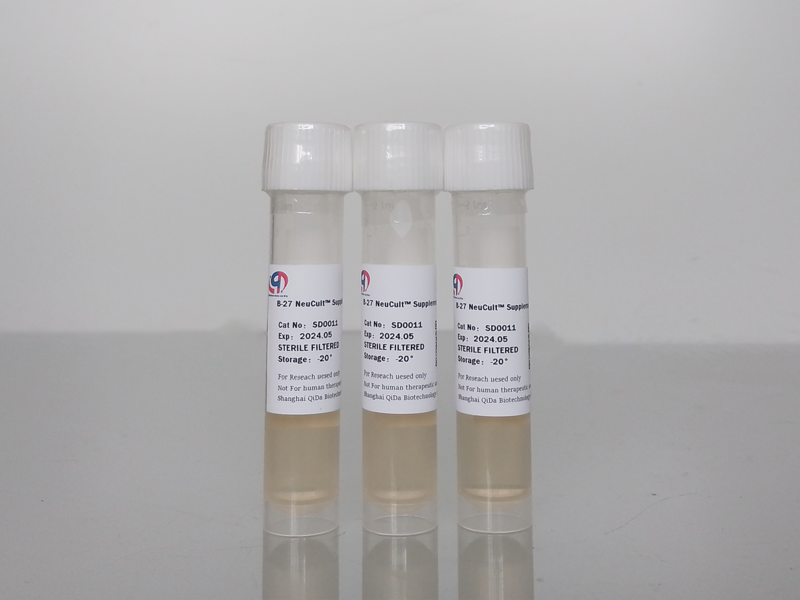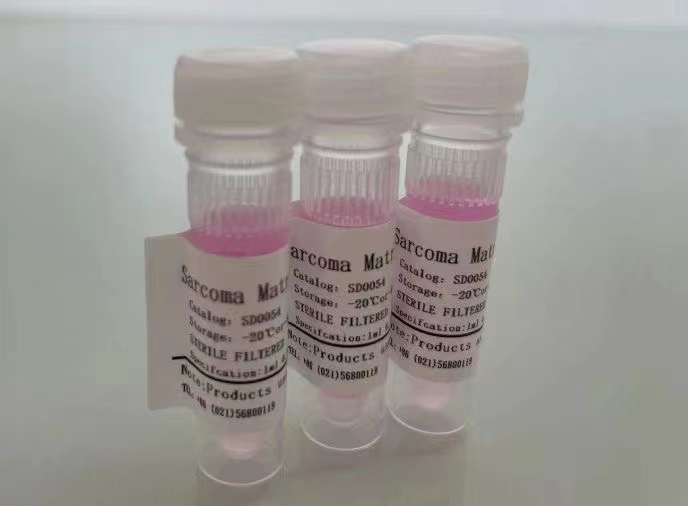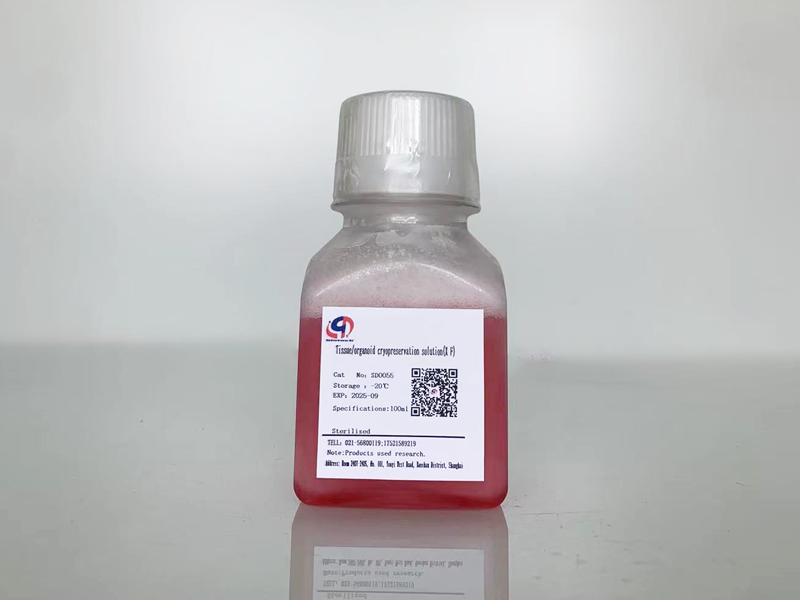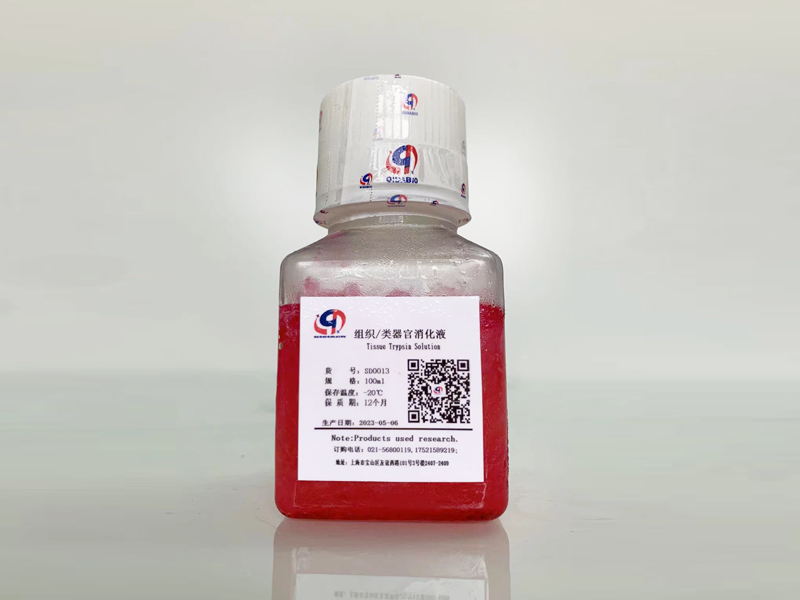Technical Support技术支持
CONTACT US
 400 179 0116
400 179 0116
24-hour service hotline marketing@ldraft.comE-mail
marketing@ldraft.comE-mail
15 Knowledge Points to Know about Cell Culture
source:QiDa technoligy views:1503 time:2023-06-29
Without cell culture, scientific progress is unimaginable. This research tool has become irreplaceable in life sciences, and has been greatly developed since the beginning of the history of cell culture in the early 20th century. Nowadays, biomedical research increasingly relies on new methods, including 3D cell culture, primary cell culture, tissue engineering, and regenerative therapy. Even if you are dealing with cell culture every day, we are likely to discover some facts about cell culture that you are not aware of. Are you ready to learn new things?
1: Plastic can contaminate cell cultures
In addition to known pollutants such as viruses, bacteria, mycoplasma, and endotoxins, plasticizers eluted from a range of substances present in plastic instruments or water can also contaminate cultured cells and affect their morphology and growth (Yao and Asayama, 2017).
2: Frog nerve fibers were the first batch of successfully cultured cells
In 1907, American zoologist Ross Granville Harrison was the first researcher who successfully cultured animal cells in vitro. He applied the "hanging drop" method in Bacteriology to tissue culture, and tried to culture frog neuroblastoma in lymph culture medium (Abercrombie, 1961).
3: More than 32000 papers rely on cell lines without known original inventory
The use of misidentified cell lines is a highly relevant issue in life sciences. Research estimates that over 32000 papers have reported results obtained using incorrect cells. Moreover, as many as 500000 other papers have cited these reports, making literature 'pollution' a very serious problem (Horbach and Halfman, 2017).
4: More than half of the researchers were unable to repeat their experiments
A survey conducted by Nature magazine on more than 1500 researchers showed that 70% of researchers were unable to replicate another scientist's experiment, and half of them were even unable to replicate their own experiment.
5: The first 'immortal' cell line HeLa was established without the consent of the donor
In 1951, Henrietta Lacks was an African American woman who was diagnosed with cervical cancer. The cells she obtained through tumor biopsy were used to establish the first human cell line. However, the tissue samples were collected without her permission or knowledge, and it was not until 1975 that her family became aware of the existence of this cell. This issue has raised concerns about privacy and patient rights in biomedical research. It was not until 2013, more than 60 years after her death, that the National Institutes of Health and Laax's descendants reached an agreement on the use of her cell and genetic information. This arrangement pioneered the history of cell culture and research ethics.
6: Almost 25% of cell line contamination is caused by HeLa cells
In 1967, American Scientist Stanley Michael Gatler inspected 20 individual human cell lines he collected for a project at Washington University. He analyzed the polymorphism of Glucose-6-phosphate dehydrogenase (G6PD) and glucose phosphate Mutase (PGM) through electrophoresis, and found that all cell lines showed the same phenotype, so they were genetically identical. In addition, the G6PD allele detected was only found in African descendants, although the original cell line came from a donor of Caucasian descent. This observation prompted Gartler to conclude that all cells were HeLa cells that were contaminated and grew on top of other cells (Gartler, 1968). This understanding has created a huge scientific dilemma and raised a big question mark for the discoveries based on cell culture in the previous 20 years of cell culture history. To this day, 24% of pollution in human cell lines is caused by HeLa cells (Lin et al., 2019).
7: Cell Culture History: The First Modern Culture Medium Born More than 60 Years ago
Media 199 was developed by J.F. Morgan in 1950 and was one of the first synthetic media used for culturing mammalian cells (Morgan et al., 1950). The idea of designing a chemically defined culture medium without animal components at that time made culture medium 199 an ideal medium for vaccine production. It also allows mass production of vaccines for cell inoculation of the 1955 Polio vaccine. Nine years after Morgan, scientist Harry Iger developed the Minimum Essential Medium (MEM), which contains a mixture of glucose, salt, amino acids and vitamins (Igel, 1959).
8: The components of the culture medium can interact and affect the cultured cells
When you try to optimize your culture medium, consider that the various components of the culture medium are not acting alone. Components can interact with each other, and their effects on cells are not always predictable. This is particularly important when replacing animal serum in the culture medium. You may need to use mathematical algorithms to optimize the combination of multiple compounds and establish the optimal conditions for cell growth (Yao and Asayama, 2017; Kim and Audet, 2019).
9: The 'mini brain' can grow from pluripotent stem cells
In a groundbreaking paper published in Nature in 2013, Dr. Madeleine Lancaster and her team developed a scheme to generate brain Organoid or "mini brain" in vitro, starting with pluripotent stem cells, using 3D support matrix and rotating bioreactor. These Organoid contain different types of nerve cells, whose structure is very similar to that of mammalian brain. In addition, they demonstrate the characteristics of early human brain development (Lancaster et al., 2013). The same research team successfully created a brain tumor model by introducing carcinogenic mutations into brain Organoid (Bian et al., 2018).
10: 2003 is a milestone for bioprinting
Thomas Boland, a bioengineer at the University of Texas at El Paso, noticed that the size of ink droplets was roughly the same as that of human cells when using an inkjet printer. This observation prompted him to fill the ink cartridge with live bovine cells, nutrients, and other biocompatible substances to produce a "bio ink" that can print live tissue (Patel, 2016).
11: Israeli researchers have successfully created a 3D printed human heart using adipose tissue
In April 2019, Tal Dvir, a researcher at the School of Molecular Cell Biology and Biotechnology at Tel Aviv University, and his team published a paper introducing the success of a new approach that uses biopsies of human omentum tissue to 3D print thick, vascularized, and infusible hearts. These hearts do not beat, only the size of a rabbit's heart, but they fully match the patient's immune, cellular, biochemical, and anatomical characteristics. These results represent a significant step forward in the search for new therapies for heart disease (Noor et al., 2019).
12: Engineers and cancer researchers collaborate to develop new 3D scaffolds
A Transdisciplinarity team at the University of Michigan created a network of Fibronectin fibers interlaced on a grid of micro compartments. This structure can provide a natural environment for cancer cell growth and cancer Drug test of a single patient, which are two prerequisites for personalized treatment methods (Jordahl et al., 2019).
13: Supercooling can prolong the preservation time of human organs
A recent article in the journal Nature Biotechnology reported a new method of supercooling and storing human liver at -4 º C without freezing. This method can extend the in vitro lifespan of organs from the current 12 hours to 27 hours, which will expand the opportunity for liver transplantation (de Vries et al., 2019).
14: AI may explain your next cell biology Big data set
The significant progress of artificial intelligence is transforming deep learning into a research partner in biomedical and cellular biology. Recently, deep learning has successfully promoted applications such as fluorescence staining prediction, cell type differentiation, bacterial resistance, and super-resolution microscopy (Waisman et al., 2019).
15: The 3D cell culture market may reach nearly 4 billion US dollars in 2021
According to the research of the BBC, the value of the global 3D Organoid cell culture market was US $1 billion in 2016, which will almost quadruple in 2021, so the annual growth rate is about 30%. The increase in research and development investment, rapid technological advancements, and improvements in consumer healthcare have all driven market growth.
Why does Organoid develop so rapidly?
Organoid can highly simulate the physiological structure, function, development and differentiation process of in situ tissue, and can be widely used in drug development, disease modeling, cancer research, Developmental biology, regeneration mechanism, precision medicine, organ transplantation and other research fields. Its appearance can reduce the killing of experimental animals.
The Organoid culture medium is based on the absence of serum and interference of animal derived components, mainly to prevent the introduction of unknown growth factors and animal derived mycoplasmas, chlamydia and pathogens in serum from affecting the formation of Organoid and experimental results
The serum free and animal source Organoid culture medium provided by Shanghai Qida Biotechnology Co., Ltd. is as follows:












